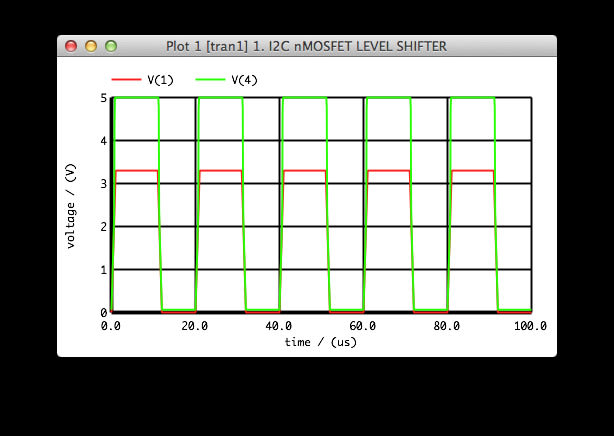
Vim has three modes of operation: Input mode, Command mode & Ex mode. Differences for Vi and Vim are reflected too. I've included more information from Vim reference, SO comments and some other sources. This answer was inspired by the other one, originally authored by and edited by other SO users. Vim has extensive built-in help, type Esc :help Return to open it. Indeed, they are referenced in the Vim documentation. This answer doesn't reference all Vim write and quit commands and arguments.

:q! ZQ* Quit without writing, also when visible buffers have changes.Write the file only if it was changed and quit, :xa* for all windows. :wq! The same, but writes even read-only files.Writing fails when the file is read-only or the buffer does not have a name. :wq Write the current file (even if it was not changed) and quit.Bring up a prompt when some buffers cannot be written. :conf xa* Write all changed buffers and exit Vim.:conf q* Quit, but give prompt when there are some buffers which have been changed.Prompt-quit (prompts if there are unsaved changes)
Macspice vim windows#
:qa* Quit all windows and Vim, unless there are some buffers which have been changed.This fails when changes have been made in current buffer. Safe-quit (fails if there are unsaved changes): Most commands have abbreviations, with optional part enclosed in brackets: c.Ĭommands marked with '*' are Vim-only (not implemented in Vi). This confirms that you're actually typing a command and not editing the file. Now if you press :, the : will appear at the bottom of the screen. After you enter it, hit the Return to confirm.Įsc finishes the current command and switches Vim to normal mode. The robust method is ESC-:-x-Enter which saves your file and quits.īefore you enter a command, hit the Esc key. If you are unsure, push ESC and that will bring you to command mode. the Escape button, going to COMMAND mode, and then: to go to EX mode. From COMMAND mode, you push colon, :, and a colon will appear at the bottom line, where you can type the above commands.įrom INSERT mode, you need to push ESC, i.e. If you started vi with a filename, you need not give it here again.Īt last, the most important: how can you reach EX mode?ĮX mode is for long commands that you can see typing at the bottom line of the screen. q: if you haven't made any modifications, or saved them beforehand.O: open a new line in the place of the current line.o: open a new line below the current line.I: go to INSERT mode at the beginning of the line.i: go to INSERT in the place of the cursor.When you want to actually edit text, you should go to INSERT mode with some one-character command: You know what you are doing this isn't for amateurs. Upon starting, vi goes into COMMAND mode, where you can type short, few character commands, blindly. Vi is a finite state machine with only three states. I draw this to my students each semester and they seem to grasp vi afterwards.

Pictures are worth a thousand Unix commands and options: Vim has extensive help - that you can access with the :help command - where you can find answers to all your questions and a tutorial for beginners. You can also exit Vim directly from "Normal mode" by typing ZZ to save and quit (same as :x) or ZQ to just quit (same as :q!).


A colon ( :) will appear at the bottom of the screen and you can type in one of the following commands. Then you can type : to enter "Command-line mode".


 0 kommentar(er)
0 kommentar(er)
